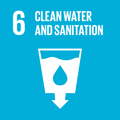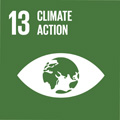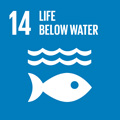- Docente: Annamaria Colacci
- Credits: 6
- SSD: MED/42
- Language: Italian
- Teaching Mode: Traditional lectures
- Campus: Bologna
- Corso: First cycle degree programme (L) in Biological Sciences (cod. 8012)
Learning outcomes
The main objective of this course is training students to obtain knowledge and practical skills in the recognition and quantification of the exposure to potentially hazardous environmental factors of chemical, biological or physical nature, to identify the mechanisms of action of environmental stressors, with a specific focus on the gene-environmeent interactions, to obtain basic knowledge in the hazard evaluation and risk assessment
Course contents
Introduction and glossary. Use of key words and key definition
Basic concepts of environmental toxicologi
Basic concept of environmental epidemiology
Classification of pollutants and environmental stressors based on their mode and mechanism of action: toxic substances, mutagens, carcinogens, reprotox, endocrine disruptors
Hazard evaluation. Risk assessment. Standard and innovative approaches. Predictive toxicology
Air pollution, indoor and outdoor pollutants, sources of exposure, health effects
Water pollution: exposure sourcese, health threats. Emerging pollutants
Soil pollution: exposure sources health threats. Contaminated soils
Food contaminants
Gene-environment interactions
Italian and EU Directives and Regulations
Readings/Bibliography
Slides, articles, texts will be provided and/or suggested by the teacher
Teaching methods
Lectures, classroom discussion, debriefings
The course includes 1CFU practical activity (laboratory) based on the use of cell culture in in vitro assays to identify the toxicological profile of chemicals. In 2021, in consideration of the pandemic situation, the practical activity will focus on risk assessment procedures
Assessment methods
Oral exam based on questions regarding the course contents
A written test for the laboratory practice, including a combination of multiple-choice questions and exercises
Office hours
See the website of Annamaria Colacci
SDGs




This teaching activity contributes to the achievement of the Sustainable Development Goals of the UN 2030 Agenda.
